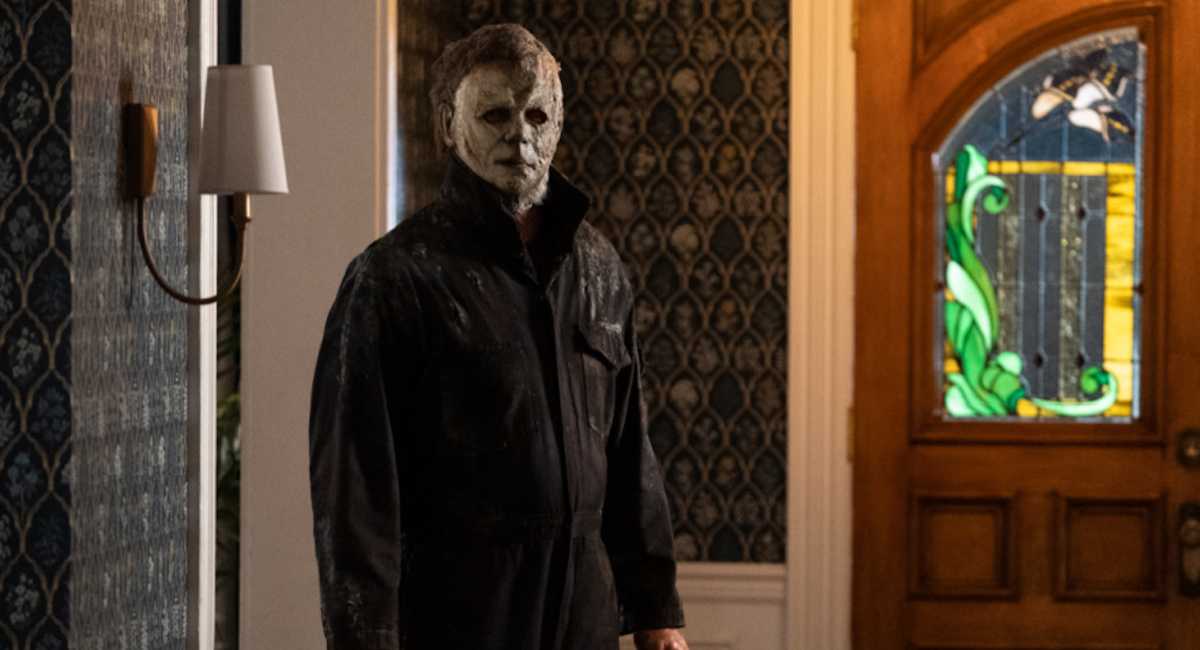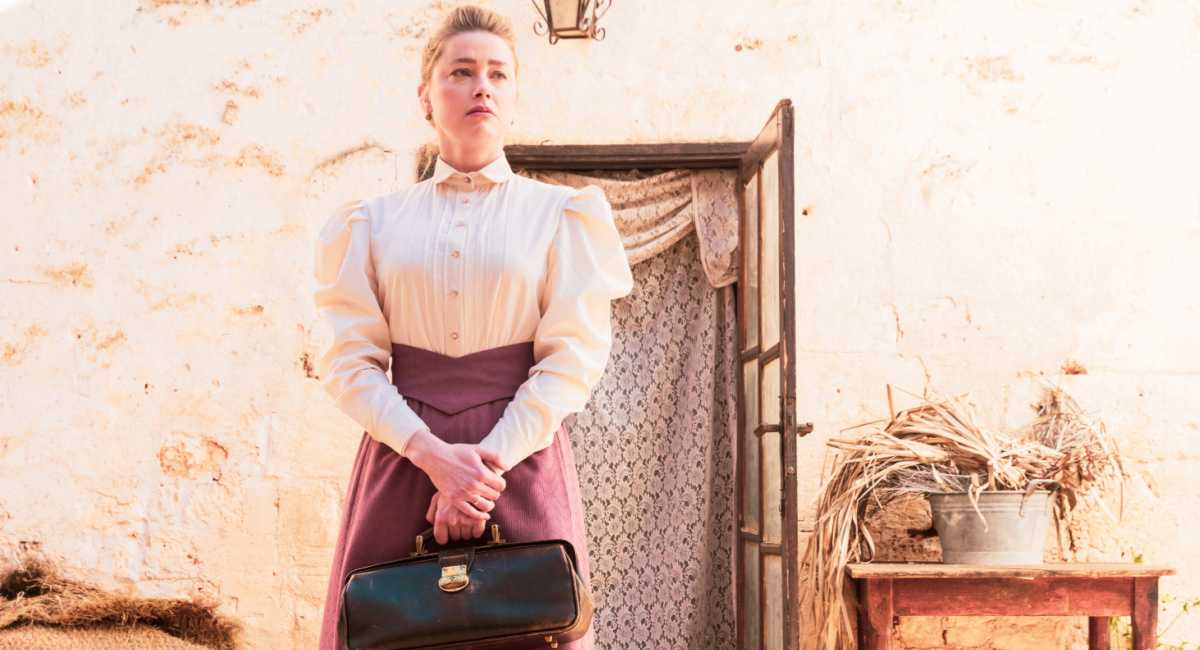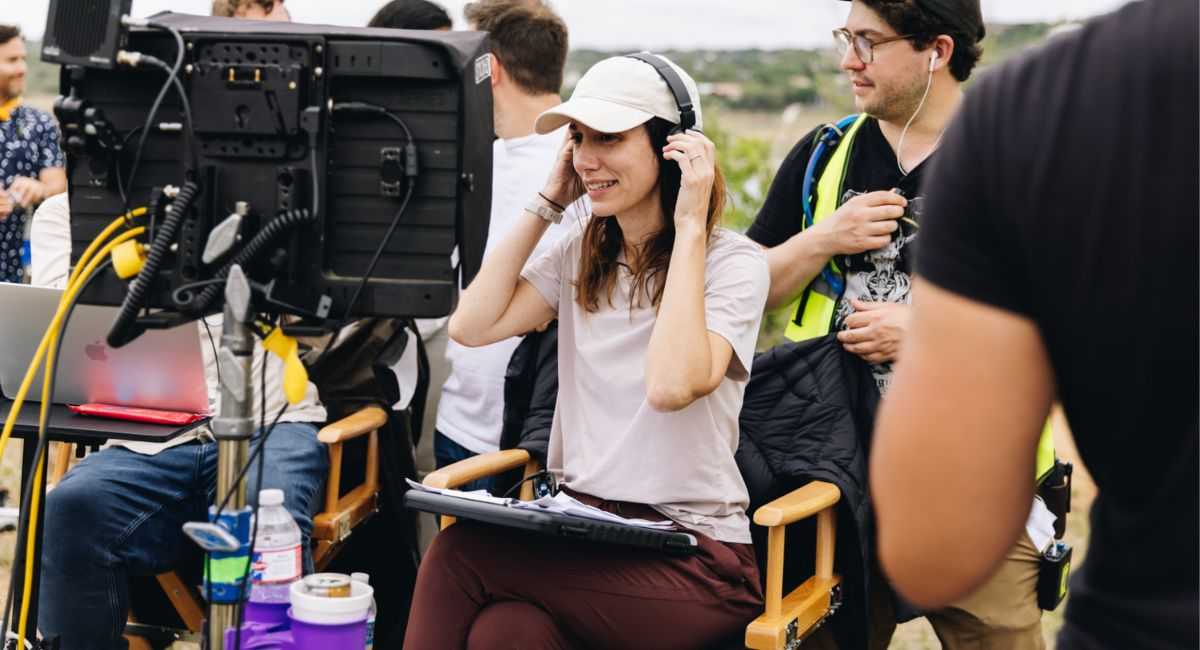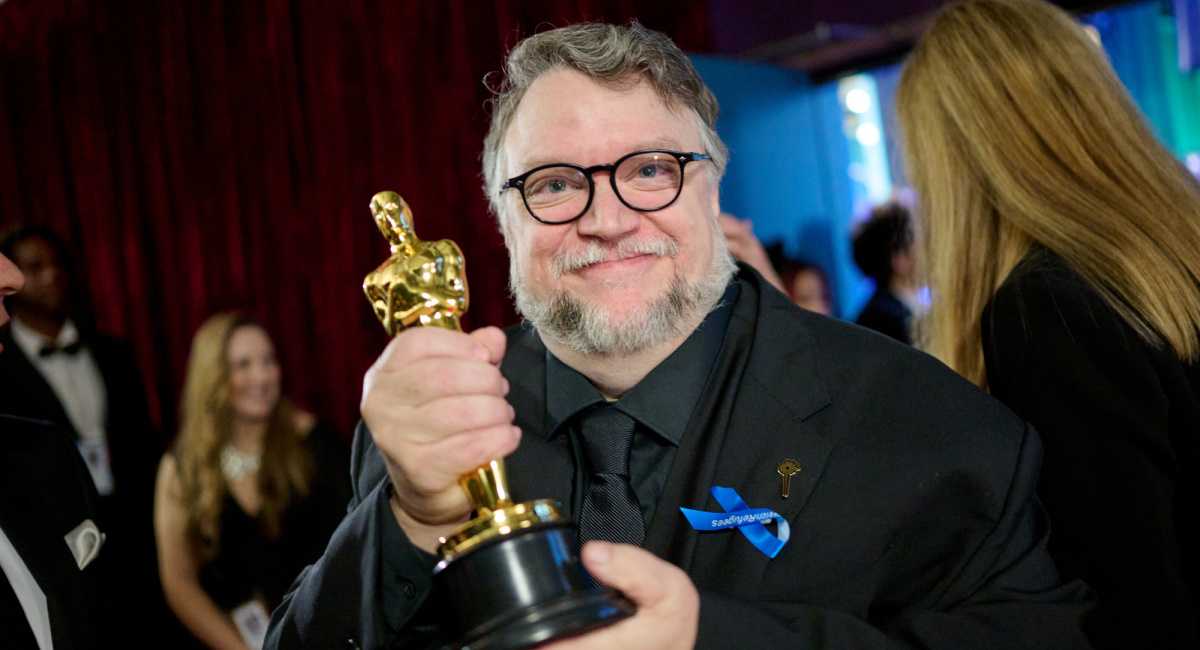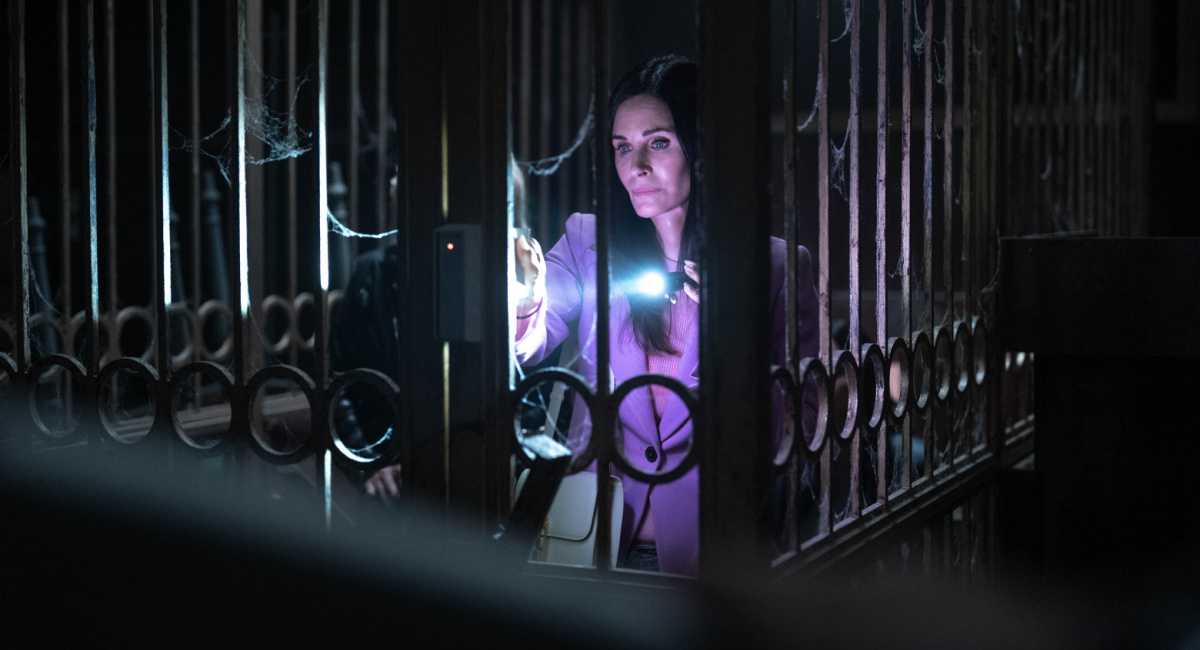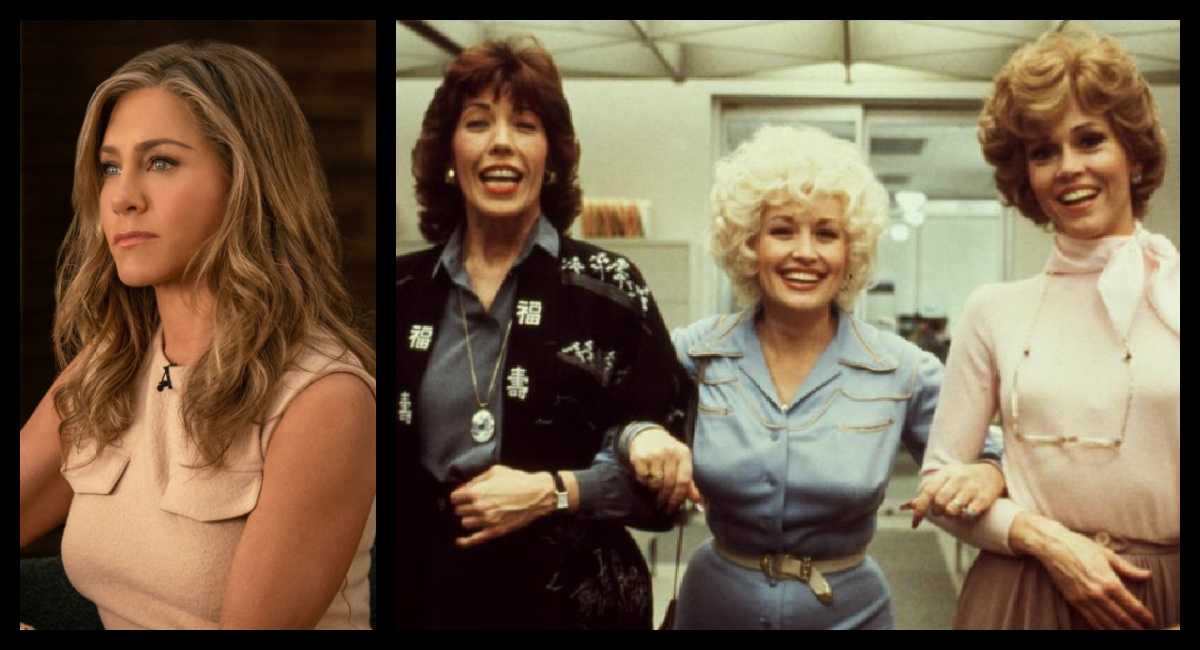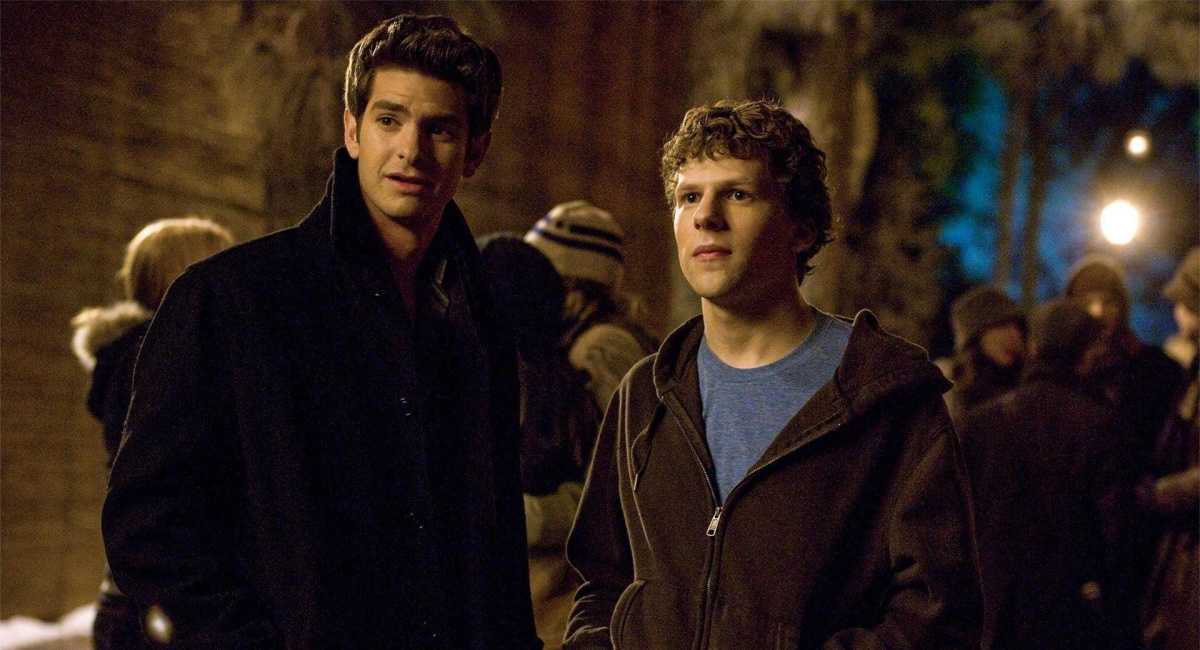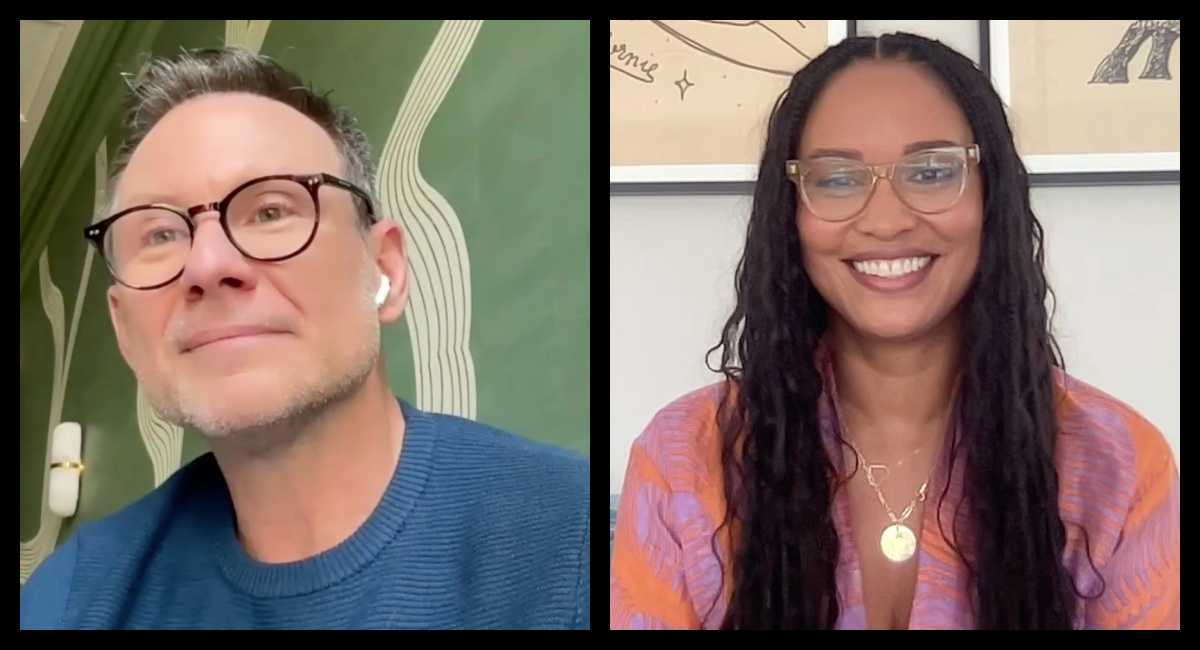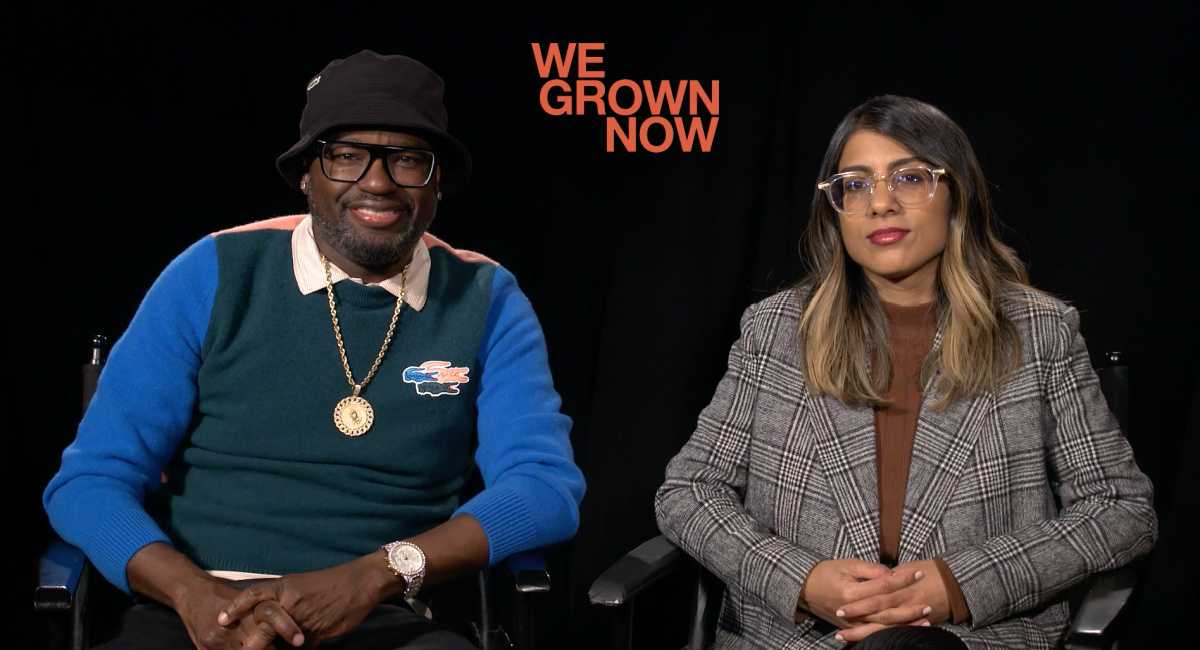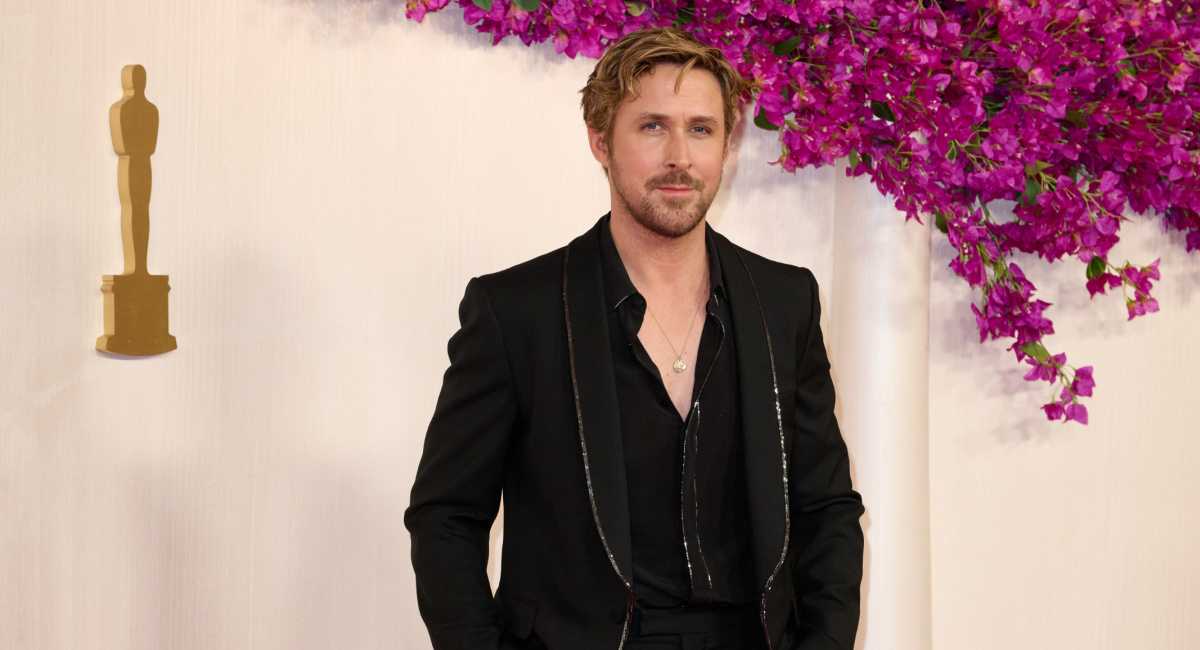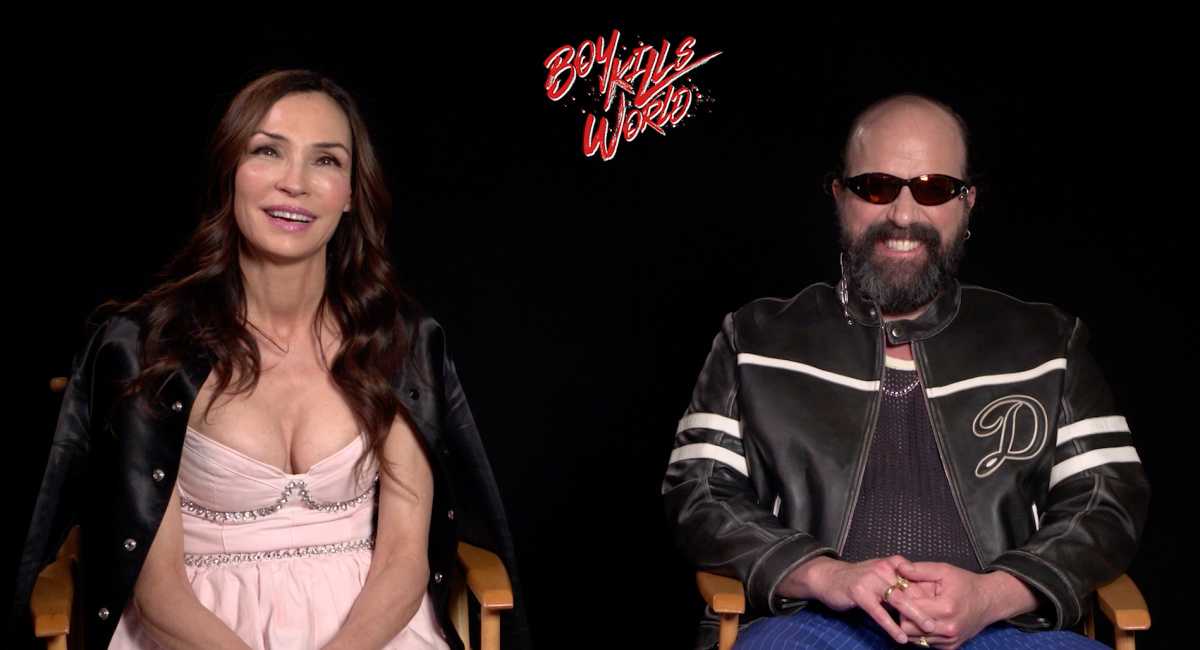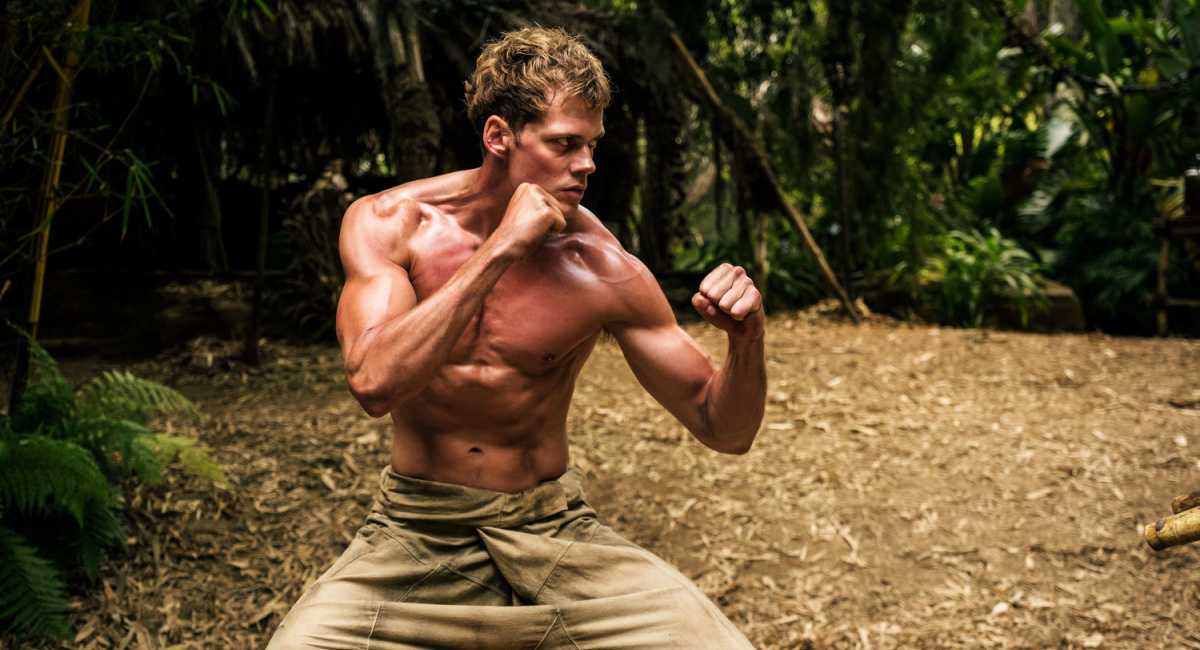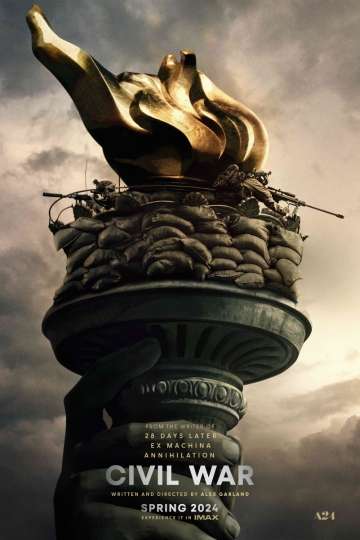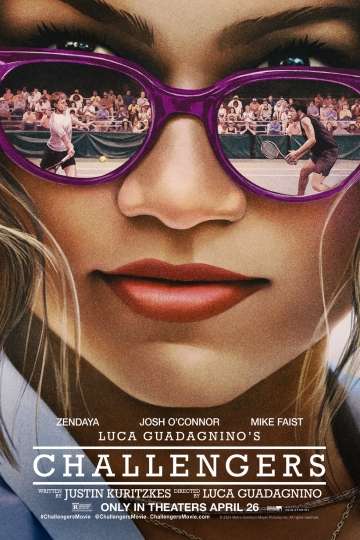'Life' Director Daniel Espinosa Won't Tell Us Where the 'Alien' Easter Eggs Are
I talked to director Daniel Espinosa the morning before his brand-new sci-fi thriller, "Life," had its world premiere in front of an audience at the SXSW Festival. (One of the greatest film festivals in the world, by the way.)
He said watching the film, in that setting, with an audience, would leave him a ball of "anxiety." "It's like a personal experience for me to sit there with other people. I'm sitting there going, Is this a good silence? Is this a bad silence?" I asked him what his ideal reaction would be. "It's quite nice when people miss five minutes of the movie because they can't look," he said.
And while I wasn't at the screening, I'm sure that people missed five minutes of the movie because they were afraid to look. "Life" is a crackerjack sci-fi horror tale of six doomed astronauts (among them: Ryan Reynolds, Rebecca Ferguson, and Jake Gyllenhaal, who had great things to say about making the movie) who uncover a Martian life form in a soil sample and then ... things go very bad.
Espinosa is a Swedish director who made the breakout film "Easy Money," before helming such big Hollywood productions as "Safe House" and "Child 44" and, based on our brief phone conversation, is a lovable madman. We talked about the obvious comparisons to "Alien" (and the multitude of Easter eggs he refused to divulge), how he shot the movie, and the joys of having an extremely truncated post-production schedule.
Be advised, minor spoilers follow.
Moviefone: "Life" obviously fits very literally into the monster-on-a-space-ship genre. Was that something that you'd always wanted to do?
Daniel Espinosa: Well, the whole idea of moving into science fiction, when you work in Sweden it is such an absurd idea. So it was more that I adored many of those movies but I never thought it would be possible. But when I got the script it hit me that it had such a great turn towards the end and had such a great surprise in the beginning, which I thought were a little bit unusual. I got to have my own Janet Leigh/"Psycho" moment. And then what hit me was the realism that it had. Those two turns and the realism differentiated it from the obvious comparison, which is "Alien." "Alien" took place in the future in this dystopian future, which is what we feared the most in the 1970s because of the atomic era, but I think the greatest fear right now is what happens tomorrow. I liked to pursue that.
Were there any references you snuck in to "Alien" or any of those earlier movies?
Oh my god, there's tons! It's littered with it! But that's a fun game. If you made a science fiction movie wouldn't you fill it with numbers, with what people are saying, with writings on the wall, with shapes? That's what makes it so fun, making one of these movies. I don't know about you, but I've watched "The Shining," for example, so many times, looking at the numbers on the door and thinking about what they mean.
Yeah, I mean, they made a whole documentary about the things hidden in "The Shining." Maybe they'll do that for "Life."
Yes!
Can you tell us one really good, hidden Easter egg?
I can't because it's hidden, man! You've got to find it yourself! That's the fun of it. I can say this: Look at the walls.
Was part of the appeal for you how streamlined the movie is?
Yes, I loved that it had such forceful energy to it, which I think is quite nice. The pauses become moments like small breaths. But what I loved was -- the combination of that energy usually leads to a cute Hollywood ending, but what I liked was that it was more like a zombie movie with a more noir ending, or a "Twilight Zone" ending.
Can you talk about your approach to the film's visuals?
I looked a lot into still photography from the first voyage to the moon, which was shot with this Hasselblad big format. So what we decided to do was get these Hasselblad lenses and re-house them for the 65 mm Alexa [digital camera] to get the same kind of feeling. Those old Hasselblad lenses have this very particular kind of flair, which was actually the first encounter we, as human beings, had of how images looked in space. I thought if I'm going to do it naturalistic it would be nice to tap into the core essence of the first images that we saw as space images.
The movie has such a wonderful combination of awe and terror. Was that something that you were going for?
Oh, completely. We wanted to create a vignette around these characters that became stronger and stronger throughout the picture. I worked with this color grader who had done "The Revenant" and "Gravity," and us three together could work on this bright movie to become darker and darker and walk into this almost Kubrickian red.
This movie is pretty quick. Was there anything that you cut for time or pacing that you wish was still in the movie?
No, I was quite lucky because we were supposed to have a six month post-production period, but we got so squeezed because Ridley Scott kept moving ["Alien: Covenant"] closer and closer to mine and I had to back off ... the quickness of the post-production meant that the influences that usually drop down on you weren't as strong as normal. We were pretty much able to do the movie the way we wanted to.
"Life" opens in our galaxy this Friday.
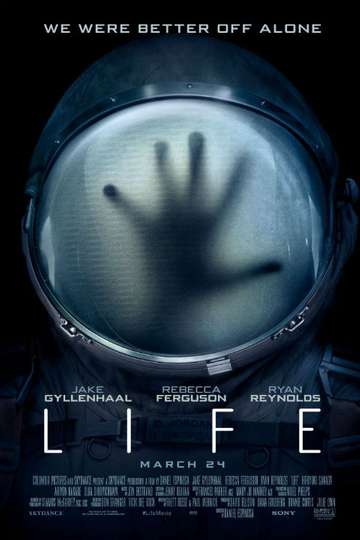
Life
The six-member crew of the International Space Station is tasked with studying a sample from Mars that may be the first proof of extra-terrestrial life, which proves... Read the Plot



